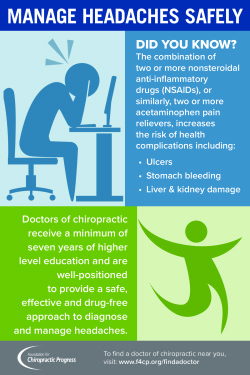You may have heard of cold laser therapy as a promising therapy option for various conditions, yet have you ever wondered just how it actually deals with a mobile level? Understanding the mechanisms behind this therapy can shed light on its effectiveness in advertising healing and minimizing swelling. By discovering the science behind cold laser treatment, you'll get understandings right into the remarkable methods which light can affect mobile processes and facilitate tissue repair work.
Just How Cold Laser Treatment Works
To understand exactly how cold laser therapy functions, you need to understand the essential principles of exactly how light power engages with biological cells. Cold laser therapy, additionally referred to as low-level laser treatment (LLLT), uses particular wavelengths of light to penetrate the skin and target underlying cells. Unlike the extreme lasers made use of in procedures, cold lasers discharge low levels of light that do not produce warmth or cause damages to the tissues.
When these mild light waves get to the cells, they're soaked up by components called chromophores, such as cytochrome c oxidase in mitochondria. This absorption activates a series of organic responses, consisting of boosted mobile power manufacturing and the launch of nitric oxide, which enhances blood circulation and reduces inflammation.
In addition, the light energy can additionally boost the production of adenosine triphosphate (ATP), the energy currency of cells, aiding in cellular repair and regrowth procedures.
Fundamentally, cold laser treatment uses the power of light energy to advertise healing and relieve pain in a non-invasive and mild fashion.
Systems of Action
Exactly how does cold laser treatment really work to create its restorative results on organic tissues?
Cold laser therapy, likewise called low-level laser therapy (LLLT), runs through a process called photobiomodulation. When the cold laser is applied to the skin, the light power penetrates the tissues and is absorbed by chromophores within the cells.
These chromophores, such as cytochrome c oxidase in the mitochondria, are after that boosted by the light power, bring about a cascade of biological responses. One crucial mechanism of activity is the enhancement of mobile metabolism.
https://www.petage.com/the-vet-set-now-offers-cold-laser-therapy-for-dogs-and-cats/ soaked up light energy boosts ATP manufacturing in the mitochondria, which is crucial for cellular function and repair service. Furthermore, cold laser therapy helps to reduce swelling by preventing inflammatory moderators and advertising the release of anti-inflammatory cytokines.
This anti-inflammatory effect contributes to pain alleviation and cells recovery.
Healing Impacts
Recognizing the healing results of cold laser therapy involves recognizing how the boosted mobile metabolic process and anti-inflammatory buildings add to its positive end results on biological tissues.
When the cold laser is put on the afflicted area, it boosts the mitochondria within the cells, causing boosted production of adenosine triphosphate (ATP), which is vital for mobile function and repair service. hair loss treatment specialist ct in mobile energy accelerates the healing process by promoting tissue regeneration and reducing swelling.
In addition, the anti-inflammatory homes of cold laser therapy aid to decrease discomfort and swelling in the targeted location. By preventing inflammatory moderators and advertising the launch of anti-inflammatory cytokines, cold laser therapy aids in alleviating pain and enhancing the general recovery reaction.
This decrease in swelling not just provides prompt relief yet additionally supports lasting tissue repair work.
Conclusion
In conclusion, cold laser therapy works by stimulating cellular repair and tissue regeneration through photobiomodulation. Its anti-inflammatory properties offer pain relief and minimize swelling by inhibiting inflammatory mediators.
This therapy supplies an extensive approach to healing, providing both instant relief and long-term tissue repair work benefits.
Through its mechanisms of activity, cold laser therapy confirms to be a reliable and encouraging therapy alternative for a variety of problems.
